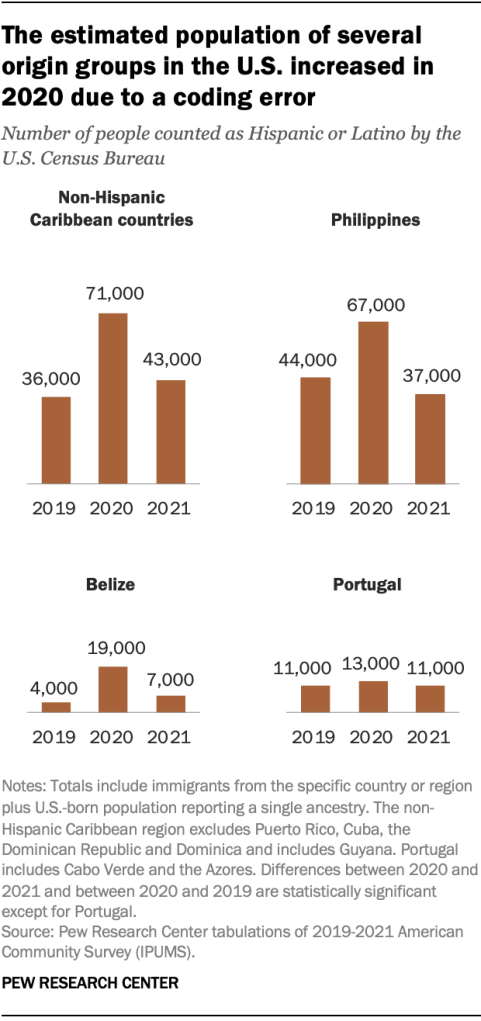These census results illustrate how Hispanic identity is ‘defined and measured’ in the US

Photo by Sydney Rae on Unsplash
The long history of the Philippines as a colony of Spain for over 300 years profoundly influenced how Filipinos perceive culture, traditions, and identity today. Spanish influences have seamlessly permeated the country’s language, behavior, architecture, and various aspects of culture.
But does that mean Filipinos are considered Hispanic? At least based on how the US Census Bureau counts the Hispanic population?
The 2020 survey of the Census Bureau, as reported in Pew Research Center, has drawn attention and opened discussions as to how Hispanic identity is defined and measured in the United States.
The federal government’s definition of Hispanic, which was last revised in 1997, applies only to those of “Spanish culture or origin” or “Spanish-speaking countries.” Which means Brazilians are not considered Hispanic or Latino—the same as for the people with origins in the Philippines
Out of the population in the US as of 2022, the Bureau estimates that Hispanics comprise 19 percent or roughly about 63.7 million of the nation’s overall population.
In 1976, the US Congress enacted a law mandating the collection and examination of data pertaining to a particular ethnic group, which is the “Americans of Spanish origin or descent.” The said legislation defined the group as “Americans who identify themselves as being of Spanish-speaking background and trace their origin or descent from Mexico, Puerto Rico, Cuba, Central and South America, and other Spanish-speaking countries.”
This encompasses 20 nations in Latin America and Spain where Spanish is spoken, excluding Portugal and the Portuguese-speaking country of Brazil.
The federal government’s definition of Hispanic, which was last revised in 1997, applies only to those of “Spanish culture or origin” or “Spanish-speaking countries.” With this premise, Brazilians are not considered Hispanic or Latino—the same as for the people with origins in the Philippines.
According to the Center, in majority of the cases, individuals who initially “report their Hispanic or Latino ethnicity as Brazilian” in Census Bureau surveys over the years are subsequently reclassified—in a process referred to as “back coding”—as not being Hispanic or Latino.

In 2019, 44,000 Filipinos were reported as Hispanic, and in 2021, the count dropped again to 37,000, a significant decrease from the 67,000 reported in 2020, which is part of the coding error.
You may also like: Survey shows most Fil-Ams reluctant to move back to PH
While Filipinos may share some cultural influences due to Spanish colonization, they are generally categorized separately from Hispanics in the US based on their country of origin and ethnicity and on the 1997’s legislation.
Since 2000, the Bureau has refrained from categorizing people from non-Spanish-speaking countries as Hispanic due to the federal government’s 1997 definition.

